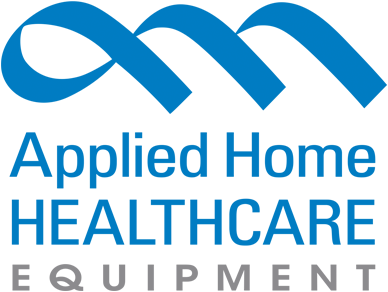PRODUCT CATEGORIES
CLASSES/REGISTRATION
WHAT'S YOUR ROLE?
Laying the Groundwork for Oxygen Manufacturing Success (and Reducing Costs Along the Way)
When you're filling medical oxygen, you're not just moving cylinders; you're manufacturing a drug. That means your business must operate with structure, consistency, and control.
Want to strengthen your process, improve compliance, and set your team up for success? Here's a proven formula to help your oxygen operation go further and how you can save money doing it.
Formula for Success
A consistent approach to how your oxygen transfilling facility is organized and operated sets the tone for everything else. Clearly written policies and procedures are essential, and every applicable employee should understand and follow them.
The key is clarity and consistency: when everyone knows what's expected and how to do it, compliance becomes part of the culture. Setting up a strong framework reinforces the expectations that come with being a registered drug manufacturer.
First Steps: Don't Assume, Verify
Don't assume everything's being done right, accreditors won't.
To stay ahead of inspections and prevent costly oversights:
- Conduct regular internal audits of procedures, logs, and staff practices
- Review roles and responsibilities to make sure everyone is aligned
- Consider third-party audits to get an unbiased view of the overall state of your oxygen manufacturing processes
Doing the work now means fewer surprises later. A little effort up front can pay off in a big way when it's time for inspection.
Branching Out: Keep Training at the Core
Once your foundation is in place, reinforce it with regular, documented employee training.
Training isn't just a regulatory requirement, it's a way to keep your team aligned, confident, and accountable. When employees know the "why" behind each process, they become more than operators, they become stakeholders in your drug manufacturing quality system.
Going Strong: Don't Forget the Equipment
With your people and procedures in place, don't forget your equipment.
The systems and machines involved in drug manufacturing need regular maitenance to perform at their best. Be sure to:
- Follow manufacturer maintenance schedules
- Replace filters, seals, and wear parts proactively
- Calibrate equipment as needed
- Look for process upgrades that could imrpove your efficiency
Your equipment plays just as big a role in compliance as your paperwork.
The Applied Cost Reduction Program
A structured, well-trained, and well-maintained oxygen business is a great foundation, but let's talk about cost.
Applied recognizes that the past few years have pushed HME/DME companies to rethink how they do business. Many are looking for ways to be more efficient, and we want to help.
Refilling your own cylinders is one of the most impactful ways to reduce operating costs. By purchasing oxygen in bulk and using a gas-to-gas or liquid-to-gas refilling system, customers who switch to in-house filling often report savings of 25% per cylinder, depending on volume and setup. We offer tools to help estimate your potential ROI.
How it Works
It's simple:
- Tell us how many cylinders you fill each week and what you're currently paying.
- Our experts design a custom system tailored to your company's size, workflow, and budget.
- You see the savings, on paper and in practice.
*Our team can help guide you through equipment setup and documentation best practices, compliance decisions remain the responsibility of your designated quality or compliance officer.
From Compliance to Cost Savings
Laying the groundwork for oxygen manufacturing success takes structure, training, and the right systems, and Applied HHE is here to help support you. Contact us today.
*This content is intended for informational purposes only and does not consitute regulatory, legal, or financial advice. Always consult with your compliance officer and review current FDA and DOT guidelines before making operaitonal changes.
You Might Also Like
Subscribe to our Newsletter
Get the latest regulatory info, accreditation news and exclusive discounts!
 View Cart []
View Cart []
